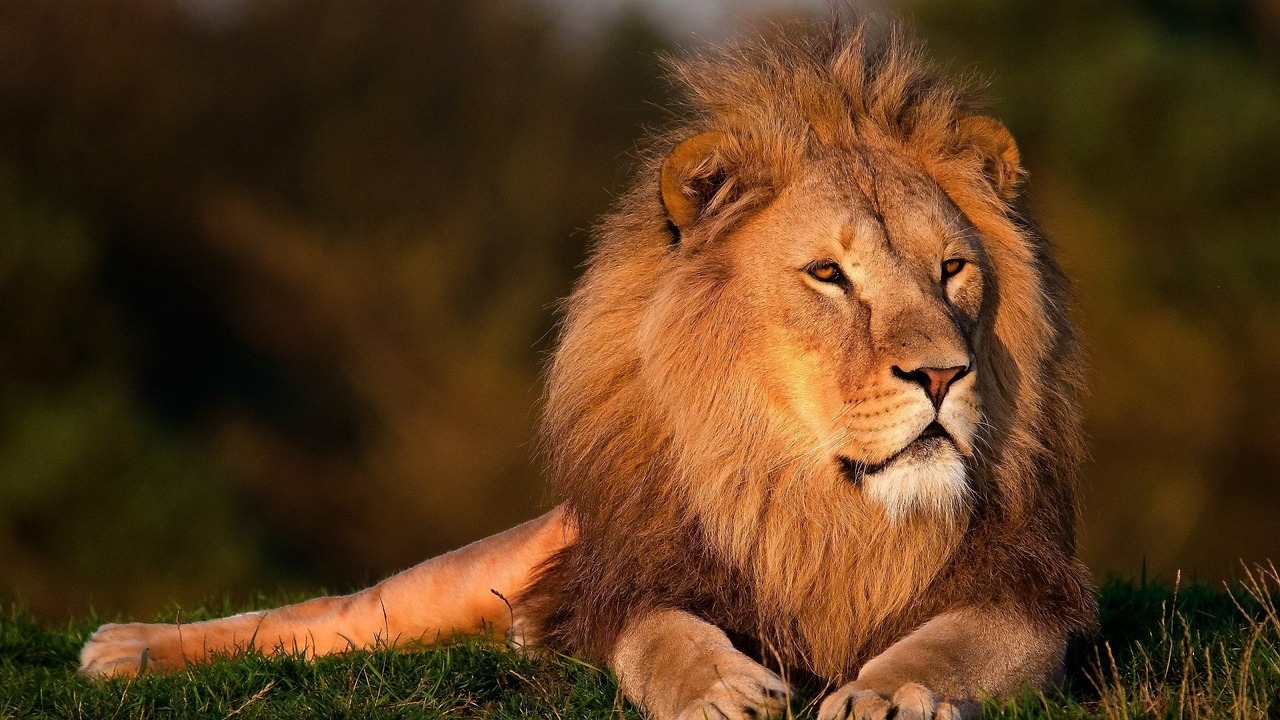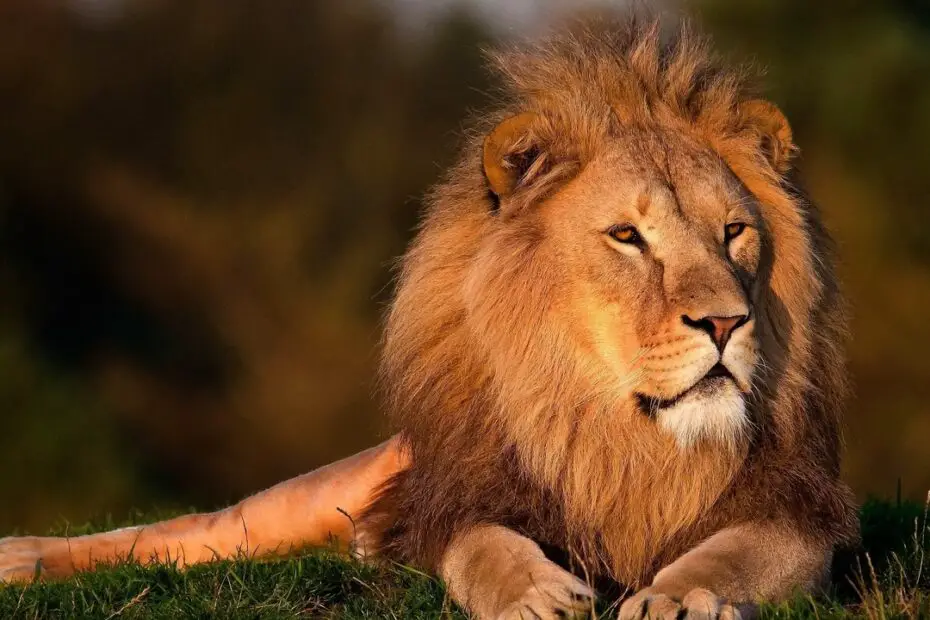What do lions eat? As carnivores, lions get their protein from eating other animals. Animals like buffalo, zebra, giraffe, warthogs, and antelope are favorites, but they will eat just about anything. If given the chance, they will even attack and kill the young of larger mammals like rhinos and elephants. Most prey will weigh between 50 and 300 kilograms.
On average, male lions can consume 7 kilograms of meat per day, while females can eat about 4.5 kilograms. The two can consume as much as 15 percent of their body weight in a single sitting. So what do lions eat?
You may also want to read the top 8 apex predator list.
What do lions eat?
There is a wide variety of prey animals that they consume. Lions have an impressive appetite. On average, male lions consume 7 kilograms of food per day, while female lions consume 4.5 kilograms. Eating up to 15% of their body weight in one sitting is possible for both of them.
That’s the equivalent of 70 cans of cat food for a man! Despite their large prey, lions are notoriously greedy and will continue hunting if they get the chance. When a lion has just killed and is enjoying a juicy zebra, it will often abandon the carcass in favor of a new prey item if another animal approaches. They eat antelopes, buffaloes, zebras, young elephants, rhinos, hippos, warthogs, crocodiles and giraffes.

How they hunt
Lions have slow reflexes and poor acceleration. They are relatively slow, with a top speed of only 60 kilometres per hour compared to the cheetah’s 97 kph. And they can’t keep up a rapid pace for long before tiring. As a result, lions must be skilled predators. They stalk their prey to get within striking distance before giving chase. Crouching low to the ground, lions slowly inching their way closer to their prey. They can sneak up on an animal and catch it off guard by jumping on it at high speed after making sure no one has seen or heard them.
Ankle-tapping is a common hunting strategy used by lions when pursuing smaller animals. The lion’s claws are designed to clip an animal’s ankle from behind while it is on the move, causing it to trip and become easier to capture. In order to bring down larger animals, jumps are made onto their backs. At this point, the dominant male lions typically join in.
While a lone lion is capable of hunting, it is often much simpler with a partner. When going on a hunt as a pack, each lion has its own designated spot. They’ll pick whether to play on the left, right, or center, just like a football team. Because of the difficulty in stalking their prey, a pride of lions may opt to ambush rather than pursue it.
By charging at it at high speed, you can lure it into a corner, where it will be trapped by bushes or other obstacles, such as other lions. The lions’ chances of success in hunting increase dramatically when they work together. It is not unheard of for lions to climb trees and pounce on passing elephants.
Even though the lionesses do the majority of the hunting, the males are the first to the kill once it has been brought down. While lion prides can work well together to bring down prey, the animals have a difficult time sharing their spoils. The weaker and smaller lions often go hungry while the stronger ones get their fill first. It’s possible that they won’t get anything at all, depending on the size of the kill.
Scavenge for food
It’s not uncommon for lions to scavenge for food after another animal has finished with it. This means lions will frequently force other carnivores to share their kills with them.
While hyenas do live in family groups known as clans, this is not always the case with these animals. Most of the time, hyenas will be allowed to keep their food if there are more hyenas than lions around. No pack of hyenas, no matter how large, can take on a male lion. It’s always the jungle king who comes out on top.
Lions and water
Even though they don’t need to, lions frequently settle in areas with easy access to water. This isn’t because they’re parched; instead, they’re anticipating the arrival of potential prey at the watering hole. Till dinnertime, they can wait patiently in their beds. Because of the frequent flooding that occurs in low-lying areas with a lot of water, lions have to literally dive right into the deep end when hunting. These lions, like Olympic swimmers, are typically very large and muscular due to the beneficial effects of swimming as a form of exercise.
